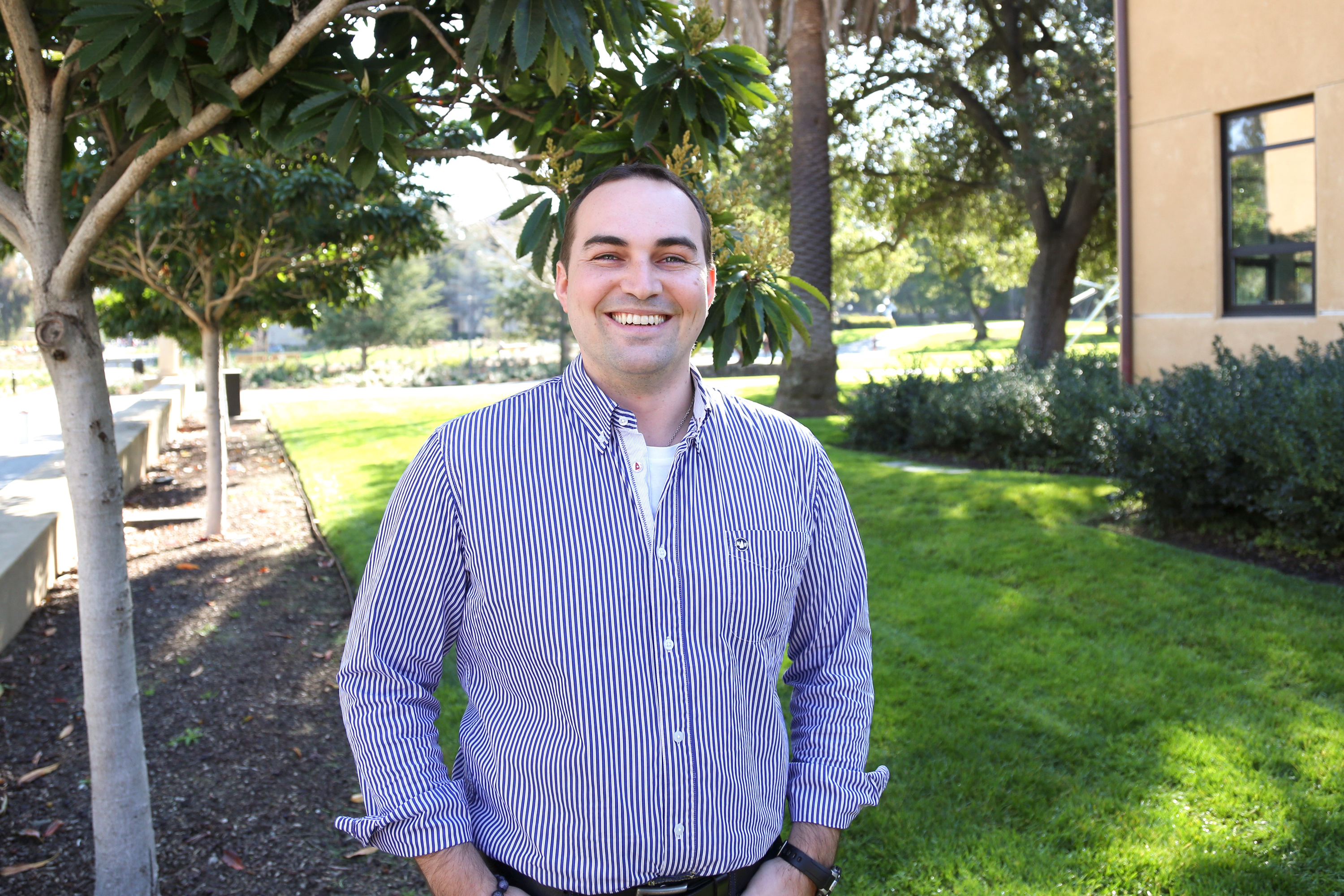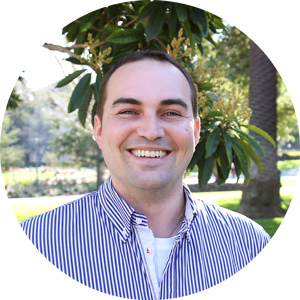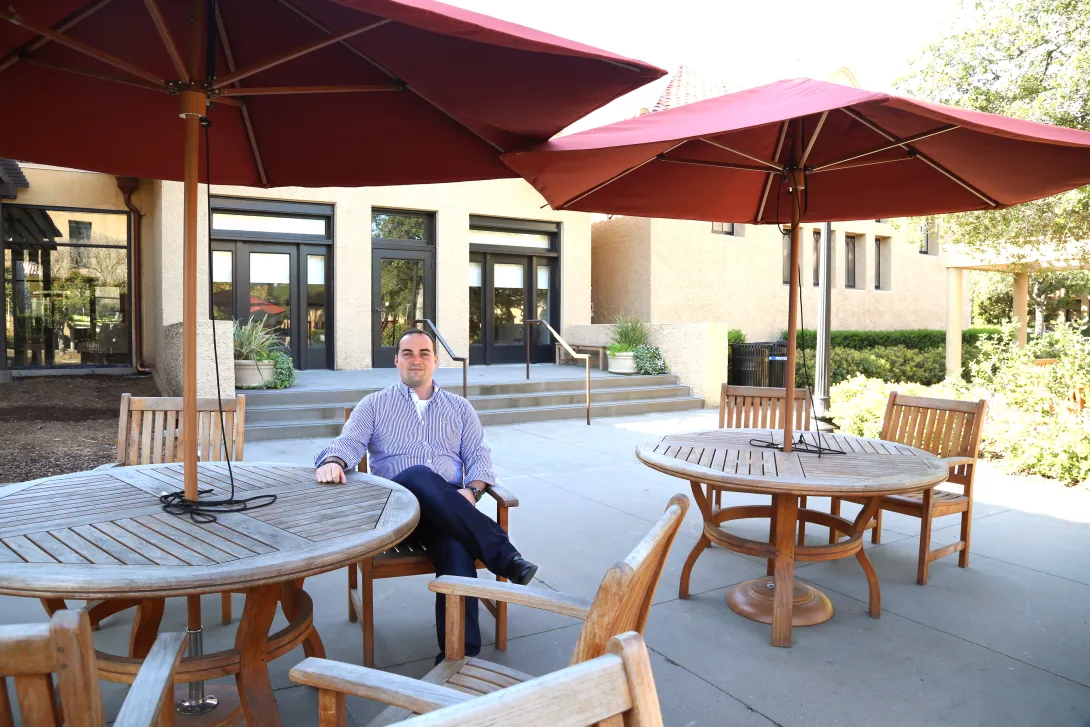
Petr Johanes
I see that you have a BS and MS in engineering from Stanford. Why did you choose to pursue a doctorate in education instead of engineering?
This was not a choice made lightly because a variety of people (colleagues, professors, peers) advocated strongly for me to pursue a doctorate in engineering. It ultimately came down to the kind of contribution I want to make, the kind of lifestyle I want to live, and the kind of career I want to prepare.
Education was offering everything I was looking for. In education, I discovered a field that used all that I am — with my technical and interpersonal skills as well as with my systems thinking and philosophical passions — so that I can bring all of my potential to bear. That experience of leveraging all that I am feels incredibly liberating and empowering. And I love engineering and get to engage with it as part of my doctoral study!
How would you describe the other doctoral students in your program?
Some of the most passionate and courageous people I have ever met. I work a lot with startup entrepreneurs, and I see a lot of the same qualities of company founders in my friends here in the doctoral program. They are all venturing into the unknown with their research, and it is as scary as it is exciting. The other doctoral students in my program are genuinely inspiring to me.
Any particular highlights of your time at Stanford Graduate School of Education?
There are three major highlights. First and foremost, throwing around research ideas and developing intellectual theses with other graduate students over drinks and board games.
Second, teaching incredible courses that help me expand my expertise with faculty who provide the kind of mentorship that is at the core of the ideal doctoral experience.
Third, just the incredible excitement of creating a learning tool/environment that I can collect data from and craft conclusions from. When you see what you created fulfill its purpose and generate meaning for the first time since its conception — there is nothing quite like it.
What do you hope to do research on?
The intersection of creating online learning environments, metacognitive strategies, and epistemic beliefs about learning. All of this means that I am interested in investigating how people define what it means to learn and know, and how those definitions influence how people make choices about their learning.
I want to figure out how to design online experiences that not just improve people’s learning of particular material, but also change people’s understanding of what it means to learn, so that they improve as learners themselves.
What’s something fun that you do to relax?
As a second-year PhD student, I relax by thinking about my research and reading research literature. When not doing that, I’m either playing board games with friends or watching a fun movie or TV series. I’m a storyteller at heart, so anything that allows me to invent or experience a great story is the best way to relax for me.
What were you doing prior to applying to the GSE?
Before joining the LSTD doctoral program at the GSE, I was actually in the Learning, Design and Technology (LDT) masters program at the GSE. Before that, I was finishing my engineering education at Stanford. In parallel, I was also helping run an investment firm I co-founded a few years earlier.
Why did you choose to stay at Stanford for graduate studies instead of going somewhere else?
I chose to stay at Stanford for graduate studies for a few critical reasons. Chief among them is that I found at the GSE faculty I absolutely wanted to work with and learn from.
Another reason is that I had built up an academic as well as a professional network of relationships at Stanford University and in Silicon Valley that I knew I could mobilize for my research. That network now allows me to kick start interesting collaborations, facilitate meaningful connections and engage in fascinating conversations.
Also, I love the entrepreneurial, iterative and impact-centered atmosphere. I want to be around people who dream big and challenge each other, and I get that here!

How does the proximity to Silicon Valley make a difference to your academic work?
The close proximity to Silicon Valley makes all the difference! Not just because I used to work in startups and venture capital, but also because there is so much energy and entrepreneurship in the air here. It is impossible to think small. To me, this is incredibly important because even though I might not be founding a commercial enterprise (a startup), I am founding a research enterprise (a PhD).
I want to be around people who are themselves breaking through barriers, working insanely hard, and giving birth to something new. This also means that the schools, startups and organizations here are not afraid of trying something new and taking a risk on a new learning tool or a new learning method. So Silicon Valley acts as an intellectual stimulant, emotional support and prototyping system. We’re all trying to contribute — we’re in this together.
What are your career plans?
I am in the second year of my PhD right now, and I expect that there will be many twists and turns between now and my doctoral defense. It wouldn’t be fun otherwise. I cannot imagine a future for me without research anymore (I have no idea where this has been all my life!), so I am focused on becoming the best researcher I have the potential to become over the next few years.
Whatever I end up doing after my PhD, I know that I will weave together research, media production, investing and institution-building. The concrete options might include becoming a faculty at a research institution, director/manager in a research center, and/or investor with an education technology portfolio.
Any tips for incoming students?
Keep perspective (you’re about to embark on an adventure) and reach out (you’re about to be surrounded by amazing people).
When you arrive, just focus on acclimating to this place, to this community, and to this endeavor.
And, when you transition to focusing on your growth as a researcher, remember that there is a difference between your advisor experience and your advising experience. If you limit your advising experience to your advisor experience, then you become dependent completely on that one relationship. Your advisor relationship is super important and you need to cultivate it. Don’t let it become the sole source of your advising, support and growth, though!
Any other thoughts you’d like to share?
Don’t hesitate to reach out to any of us if you are contemplating pursuing a doctoral degree here at the Stanford Graduate School of Education because the current doctoral students are the ones who have had to make the decision. Even though we cannot make your decision for you, we can probably provide you with useful frameworks for how you can think about yours!
This interview was conducted via email in February and March 2016.

